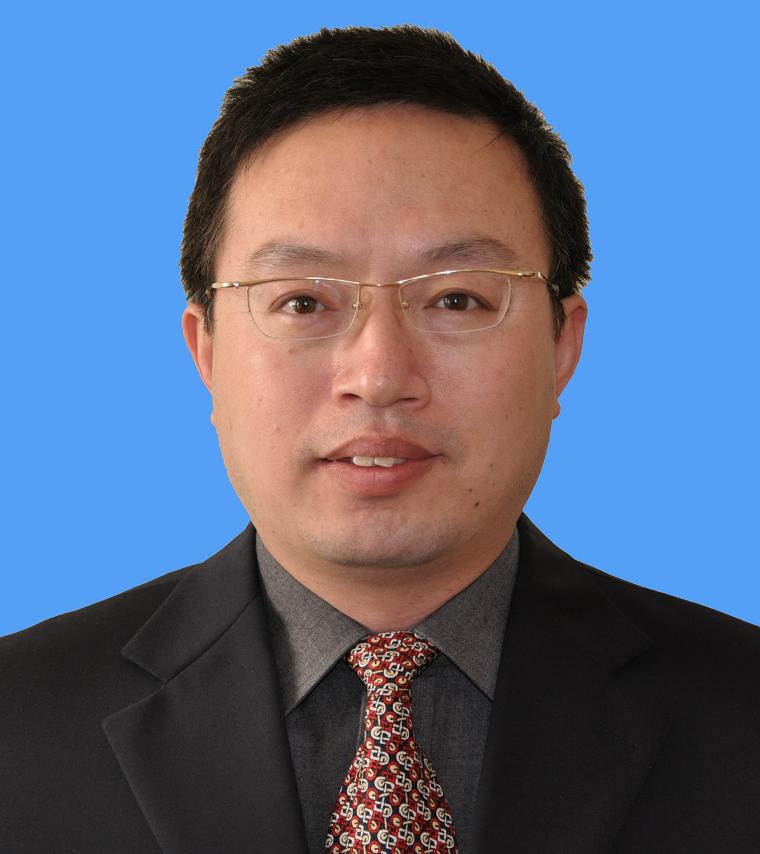Japanese Prime Minister Shinzo Abe accomplished his important mission of visiting the United States at the beginning of his second term, but his summit talks have yielded few results because Japan asked for a lot while what the US can give is limited. It seems Obama’s promise that the US is Japan’s “powerful partner” has not reassured Abe. As a result, triangular relations between China, Japan and the US continue evolving.
The United States’ post-Cold War strategy in East Asia had been defined by what this scholar describes as “containment.” After the end of the Cold War, containment has shifted from the former Soviet Union to China. However, unlike following the Cold War, the power structure of international politics is undergoing delicate changes in the beginning of the 21st century. Returning to the Asia-Pacific, this author believes the US is looking for trouble if it continues to do as it wishes, despite its dominating power in the region.
Given how the escalating situation on the Korean Peninsula has changed the structure of international relations in East Asia, the pragmatism of US diplomacy abroad will constantly change to allow an optimal entry point while executing its agenda in the Asia-Pacific. Therefore, US foreign policy must seek a new balance of power when implementing its “containment” strategy, especially as its regional allies, such as Japan, continue to raise the stakes, edging the US toward international conflict. Ultimately, the largest change to the structure of international relations will be the West’s response to the East’s revival and rise.
The current US strategy in the Asia-Pacific originates from Woodrow Wilson’s “Open Door” policy. In 1920s, the US, relying on the Monroe Doctrine to prevent European intervention in Latin America, came to Asia to peddle its Open Door policy. The Open Door policy, cloaked in idealism, was aimed at expanding US interests in the Far East. At the same time, Japan was marketing its own “Japanese Monroe Doctrine” to monopolize Asia. Inevitably, Japan was defeated as the US launched a decisive campaign against the nation. On September 8, 1951, the Japan-US Security Treaty was signed, coming into force the following year. As a result, Japan became a dependent of the US, ultimately allowing America to advance its interests in the Asia-Pacific.
From the very beginning, distortions began to emerge between the new Constitution of Japan, made under the direction of the United States, and the security treaty. While the security treaty requires Japan to rearm itself, the new Constitution does not permit Japan to have its own army, creating a unique juxtaposition. Due to the conflicting nature of US policies toward Japan, as well as the vision of Shigeru Yoshida, then-prime minister of Japan, to create a strong power both militarily and economically with the assistance of the US, this conflict between the Constitution and the security treaty exists to this day.
In the United States, Americans believe Japan wants a “free ride” and does not understand why the US should protect Japan. However, in Japan, the Japanese begrudge its leaders for allowing the US military to host bases within its country. The antinomy between the new Constitution and the security treaty foreshadows the collapse of Japan’s “post-war system” as well as qualitative changes in the US-Japan alliance.
Six years after his first term, Shinzo Abe has been elected Japanese prime minister for the second time. With the color of his “nationalism” even thicker than before, Abe’s biggest ambition is to lead Japan to become an independent, military country. Although Abe had no choice but to participate in US-led negotiations on the Trans-Pacific Partnership during his visit, it is necessary for Japan to have a chance to bargain with the US. Abe needs the US as an ally and seeks China’s cooperation on the North Korea nuclear issue. Japan also needs the US’ assistance while dealing with challenges from China. Certainly, the US has always been determined to realize its strategy in East Asia, so long as Japan continues to follow its lead.
Meeting with his Japanese counterpart, President Barack Obama reiterated that the US-Japan alliance is the core foundation of the US’ regional security and the US’ action in the Asian-and-Pacific, easing Japanese anxieties. However, as Abe even wants the US to shed blood to protect Japan, Obama must be prudent when it comes to the necessity of starting a war with China because, ultimately, US strategic interests in the region are economic rather than security interests. Therefore, based on its strategic interests, the United States’ diplomacy with China is transforming from “containment” to a “balance of power.” Additionally, relations between the US and Japan are shifting from one-way to mutual use.
The new paradigm of the triangular relations among China, Japan and the US is gradually taking shape with the comparative power changes of the three countries. In the game of interests between China and Japan, “strategically mutually beneficial” relations are too idealistic, but a “strategic balance” is practical. In the strategic game between China and the US, containment will cause losses on both sides; balance will benefit both.
Wang Ping is a researcher with the Institute of Japanese Studies at the Chinese Academy of Social Sciences.


